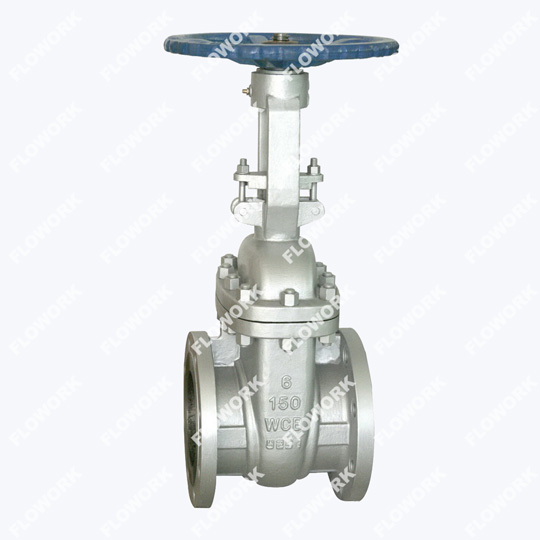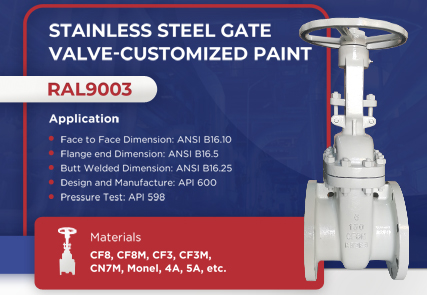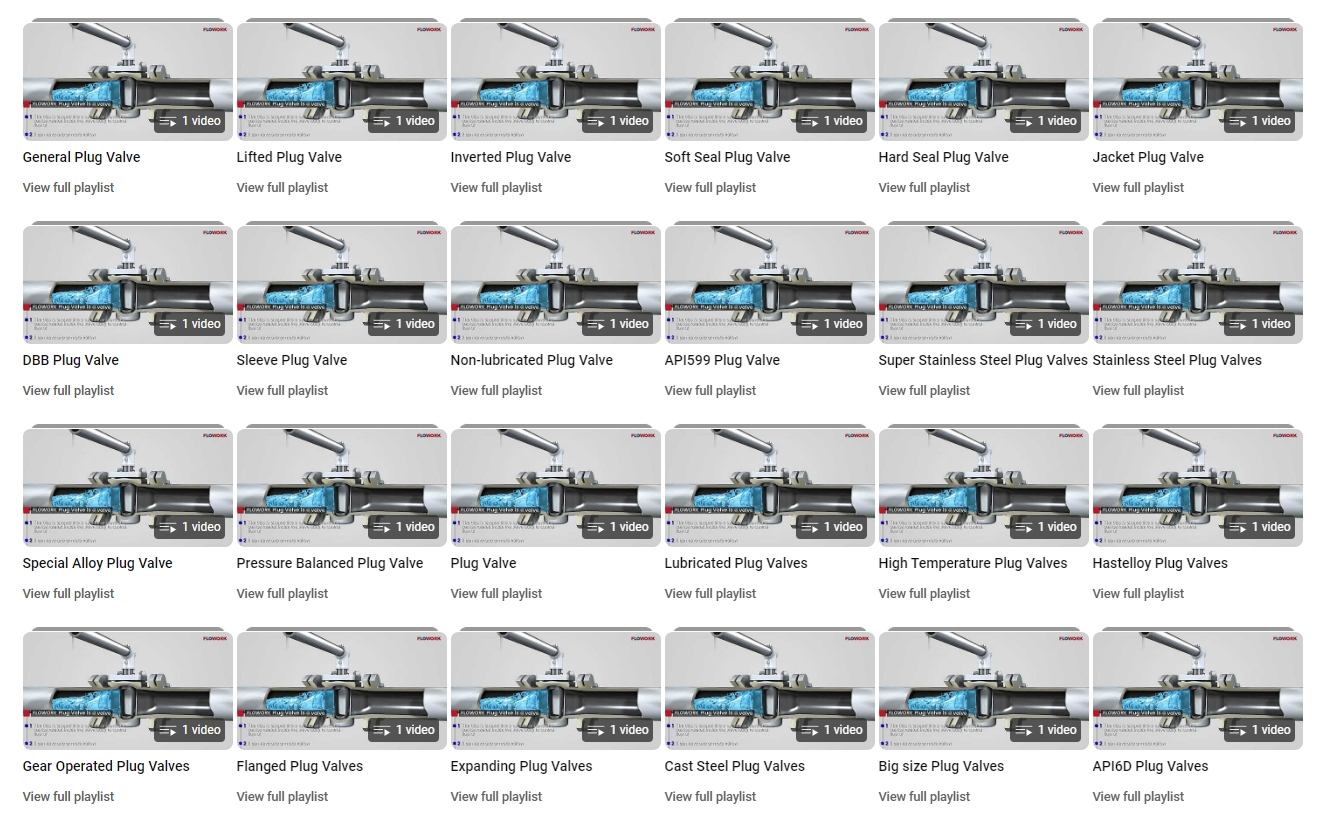What is the difference between a gate valve and a slide valve?
The difference between Gate Valve and Slide Valve. I would like to discuss with you in detail the fundamental differences between gate valves and slide valves, emphasizing their uniqueness in structure, working principle, application scenarios and performance. Through in-depth analysis, I hope to help everyone better understand these two valves and provide guidance for practical applications. In the field of fluid control, valve selection is crucial. Among them, gate valve and slide valve are two common valve types, which are widely used in many industrial applications. Although they are similar in function, there are obvious differences in structure, working principle and application, alloy check valves.
1. Structural differences
Gate Valve: Mainly composed of valve body, valve plate, valve stem and sealing ring. The valve plate is usually wedge-shaped or parallel, and the flow of fluid is controlled by the lifting and lowering of the valve stem.
Slide Valve: consists of valve body, slider, valve stem and sealing ring. The slider slides horizontally or vertically in the valve body to control the flow of fluid.

2. Working principle
Gate Valve: When the valve plate drops and comes into close contact with the valve seat sealing surface, the fluid is cut off. Due to its straight flow channel design, the fluid resistance is small, so it is suitable for media that is viscous or contains solid particles, big size check valve.
Slide Valve: When the slide moves to the closed position, the fluid passage is cut off. Because its flow channel is relatively narrow and the fluid resistance is large, it is suitable for clean liquids or gases.
3. Application scenarios
Gate Valve: Commonly used in large pipeline systems in petroleum, chemical, water treatment and other industries, especially where frequent switching is required. Due to its excellent sealing performance and low fluid resistance, it is also often used in high pressure drop situations.
Slide Valve: Commonly used in small and medium-sized pipeline systems in food and beverage, pharmaceutical and other industries, and in situations where precise flow control is required. Its compact construction makes it ideal for locations with limited space.
4. Performance comparison
Sealing performance: The wedge-shaped design of the gate valve can provide better sealing performance, while the slide valve may cause slight leakage due to the gap between the slider and the valve body.
Fluid resistance: Due to the straight-through flow channel design of the gate valve, its fluid resistance is usually smaller than that of the slide valve.
Maintenance and repair: The gate valve's valve plate and sealing ring are easy to replace and maintain, while the slide valve may cause higher maintenance costs due to friction between the slider and the valve body, din check valve.
Pressure resistance: gate valves usually have high pressure resistance and are suitable for high-pressure systems, while slide valves are more suitable for medium and low-pressure systems.

5. Material selection
Gate Valve: Because it is often used in high-pressure, high-temperature and corrosive environments, the material selection usually tends to be high-strength, corrosion-resistant alloy steel, stainless steel, etc.
Slide Valve: For milder operating conditions, choose aluminum alloy, carbon steel or stainless steel. In some special applications, such as the food industry, food grade certification of materials also needs to be considered.
6. Installation and operation
Gate Valve: Due to its large size and weight, support structures need to be considered during installation. Operation usually requires a large torque to open or close.
Slide Valve: Compact structure and easy to install. Small torque requirements are required during operation, and some designs can even be operated manually.
7. Cost control
Gate Valve: Manufacturing costs are typically higher due to its complex structure and material requirements. But in long-term use, the overall cost may be more reasonable due to its excellent sealing performance and low maintenance costs, duplex stainless steel check valve.
Slide Valve: Relatively cheap to manufacture, but in some applications long-term operating costs can increase due to its higher fluid resistance and maintenance requirements.
8. Innovation and technological development
With the advancement of technology, both gate valves and slide valves are undergoing continuous innovation. For example, the use of advanced coating technology can improve the corrosion resistance of valves; the introduction of intelligent elements can enable remote monitoring and operation of valves.
The difference between gate valve and slide valve is not just in structure and working principle. In actual applications, these differences can affect valve performance, life, and overall cost. Therefore, when selecting a valve, application needs, working conditions, budget and other relevant factors should be fully considered to ensure that the selected valve can meet all requirements of the actual application.








